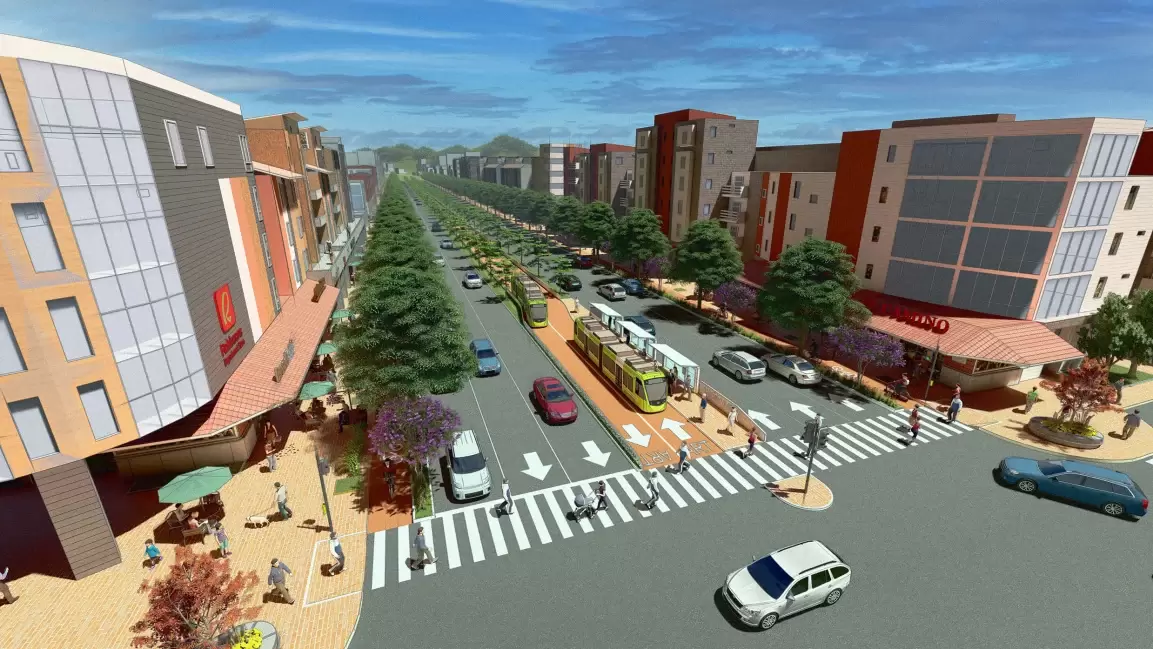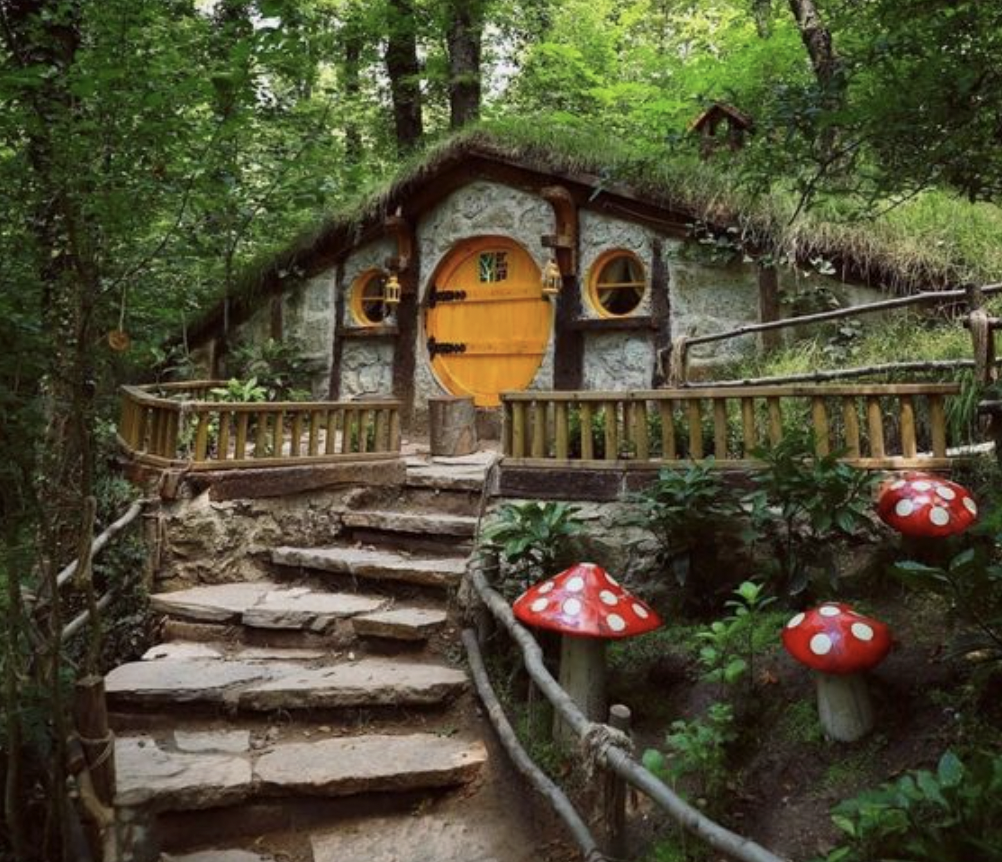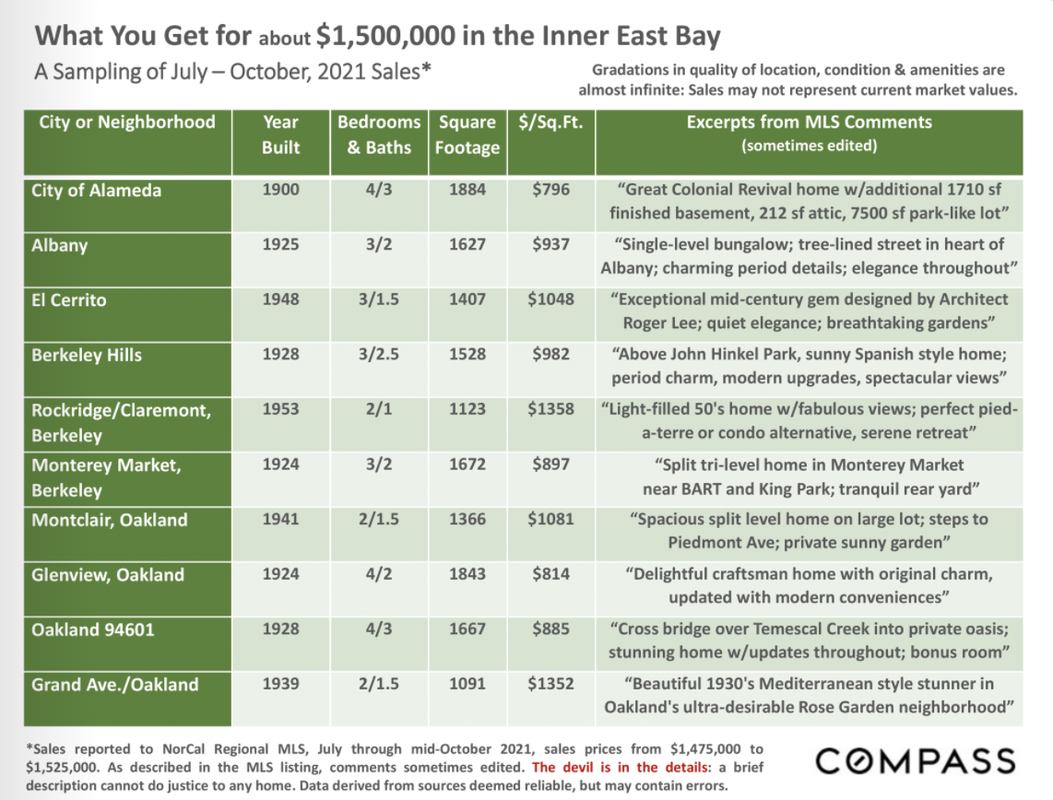|
Do you binge-watch Flip or Flop and all the HGTV shows and now aspire to flip houses yourself? Then you'll want to know about the California Housing Speculation Act. Also called AB 1771, this legislation proposes a 25% tax on the capital gains earned if a house is sold within 3 years of purchase. Properties sold after 3 years would be taxed at 20%, and after 7 years that percentage would be zero. The money would then be distributed to different counties in an effort to create more affordable housing, fund school districts, and support community infrastructure.
This wouldn’t apply to first-time home buyers, homes used as primary residences or affordable housing units, homeowners active in the military, or to those selling a house after an owner’s death. This act was basically written in an attempt to prevent real estate investors from driving up prices by buying properties in all cash, quickly renovating, and then selling them at much higher prices. On the one hand, for the average buyer just wanting to be able to afford a home without selling a kidney on the black market, this might help. Although on the other hand, flippers are doing the dirty job that a typical home buyer would not and they are eventually adding inventory to a market in desperate need of them. If adopted, the tax would go into effect on January 1, 2023. Also please don't sell any organs on the black market. According to Zillow, 2021 U.S. homeowners made more money on average from home appreciation than the median worker earned from their job.
The average U.S. home climbed 19.6% in 2021 to $321,634, a $52,667 increase since 2020, mostly thanks to record low mortgage interest rates and an ongoing housing crisis that kept real estate in high demand. So is that why everyone is quitting their 9-5 jobs these days?? If you've ever driven along the El Camino Real from San Francisco to San Jose, you’ve probably noticed the seemingly endless stretch of parking lots and strip malls that line the entire route. Well, get this—apparently there’s room for an estimated 250,000 new apartments along this road. Developers are trying to figure out how to make this happen as an attempt to alleviate the housing shortage.
Now let's be real, everyone loves a good strip mall. Where else can you do your grocery shopping, get a haircut, and pick up a burrito for lunch all in the same afternoon? So the goal here wouldn’t be to tear down every strip mall completely. Instead they suggest creating mixed-use buildings that would keep retail space on the ground level while adding apartments on top. California reportedly needs to build millions of new housing units to meet current demand. Governor Newsom pledged to build 3.5 million homes by 2025, but so far only around 100,000 homes are being built each year. Strip mall development might be a solid solution. Anyone else read the word “cottage” and think of a quaint little home surrounded by wildflowers in the middle of a forest? No? Just me? Ok cool. Well I'm actually referring to an accessory dwelling unit, also known as an ADU.
Homeowners in the Berkeley flatlands can now build two-story ADUs in their front or back yards as long as they inform their neighbors and tenants first. The new rules allow for those who want to build an ADU up to 20 feet tall to get almost automatic city approval. Meanwhile in the Berkeley Hills, council members still haven't decided how they want to regulate building ADUs, considering there would be higher wildfire risk in those areas. Under these new regulations, city staff would notify any existing tenants and immediate neighbors about plans for an ADU on their property no more than 10 business days after a homeowner submits a project application. Those who oppose the plans likely won’t have the power to block or change them under Berkeley’s new rules. Low interest rates, housing shortage, everyone working from home, etc etc etc., all of which came together to create the perfect storm for another record-breaking year in real estate. Here are the new housing records set in 2021.
Cheers to the new year with a more balanced housing market! Hopefully. Looks like single-family neighborhoods are about to get a whole lot more crowded. Bay Area cities are starting to allow the construction of multi-family units like in-laws and fourplexes in residential areas.
Why? Because housing costs are out of control and single-family zoning (and its racist past) is to blame. It turns out that single-family zoning, which limits development to one home per lot, was actually created in 1916 (in Berkeley of all places!) to keep Black-owned dancehalls and Chinese laundromats out of certain neighborhoods. I guess people didn't like clean clothes or fun times back then? Fast forward a century and now it's just keeping out everyone who can't afford a single-family home. So it's time to break up the white picket fence monopoly and create more housing options for BIPOC. While it's certainly not the end-all-be-all solution to racism in real estate, it could be a baby step in the right direction. It's rough out there for home buyers—bidding wars, crazy fast appreciation, and homes going into contract in a week! A strong stock market and low interest rates have increased the purchasing power of buyers. With such fierce competition, buyers need to get pre-approved and be ready to go see homes the second they hit the market to stand a fighting chance. You know what they say: “If you stay ready, you don’t gotta get ready”...or something like that.
Also, plot twist: millennials are unexpectedly the ones driving this market, buying multi-million dollar "starter homes". Amazing what you can afford once you stop going out to brunch for avocado toast. COVID-19 has completely changed the real estate game for buyers and renters alike. These days, buyers are seeking homes outside of urban areas and big cities now that working from home is the new norm, while renters are seeing prices declining. Housing that requires people to be in close contact with strangers is now at a disadvantage. Buildings with elevators are somewhat of a no-no for folks. Who wants to share a small enclosed space with strangers at a time like this, right?
But it likely won’t be this way forever. The prediction is that as a coronavirus vaccine becomes available, some of these changes will shift and the desire for urban housing will go up again. Until then, you can expect single-family homes and multifamily units out in the ‘burbs to remain in high demand. Apparently June was the ideal time for buying a luxury home in San Francisco. Last month, more than 30 luxury single-family homes ($3 million and up) were sold, the highest in 2 years, causing average home values in the city to reach a record high of $1.8 million. WOW, right? Even in the middle of a pandemic, buyers with $$$ remain the least affected by financial hardship due to coronavirus.
Meanwhile, median condo prices saw about a 4% dip in values. Condos, in high supply due to recent new construction, are typically bought by younger and less affluent buyers than single-family homes, and as such, may have been hit harder by the increase in unemployment. |
Michaela ToAll things real estate. Categories
All
Archives
April 2022
|






